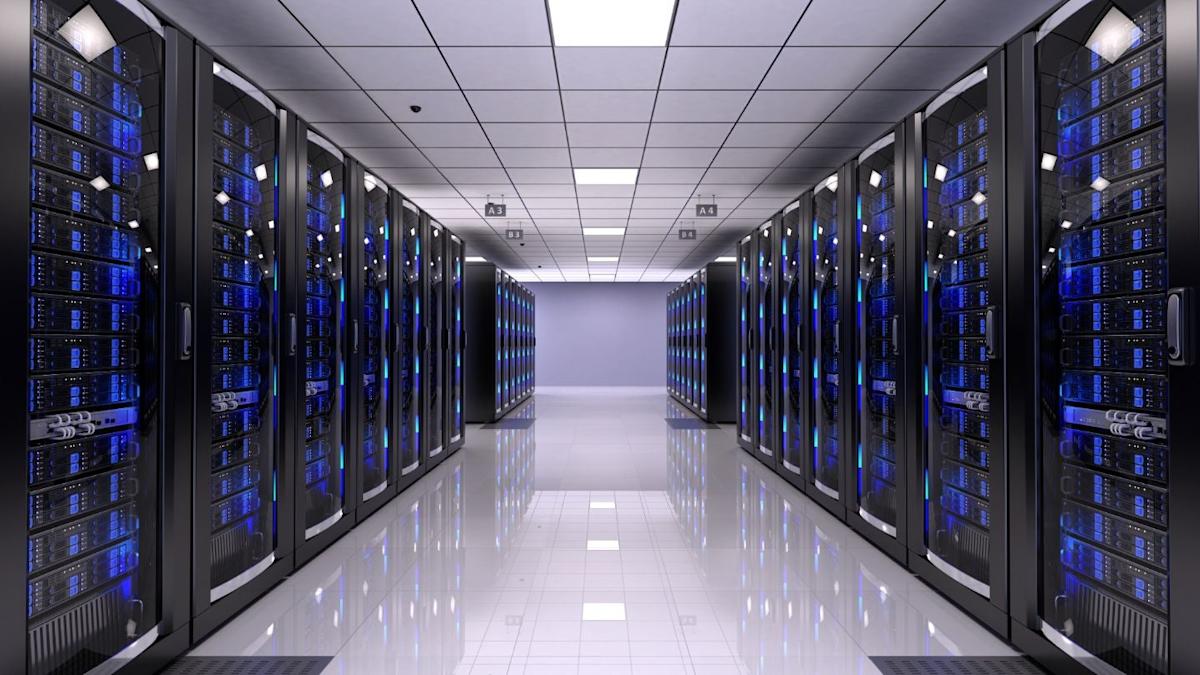The Impact of AI Power Demand on Global Electricity Supply
As we step into a more digitized age, the electricity consumption of tech companies, especially those involved in Artificial Intelligence (AI) training, is skyrocketing. According to Andreas Schierenbeck, CEO of Hitachi Energy, this surge poses significant risks to the stability of our global power supply. In this article, we’ll delve into the complexities of AI power demand and its implications for our electricity grid.
Understanding AI Power Demand
What Makes AI Operations Unique?
- Fluctuating Power Usage: Unlike traditional office data centers, AI data centers exhibit extraordinary spikes in power demand.
- High Power Peaks: As Schierenbeck noted, when AI algorithms are initiated, they can consume up to ten times their normal energy use in seconds!
Projected Growth in Power Consumption
According to a report from the International Energy Agency, electricity usage by data centers is expected to double by 2030, reaching a staggering 945 terawatt-hours (TWh). This figure surpasses the current consumption of entire countries, such as Japan.
Quick Summary Table
| Year | Projected Data Center Consumption (TWh) | Global Power Supply Risks |
|---|---|---|
| 2023 | 176 TWh | Moderate |
| 2028 | 325-580 TWh | High |
| 2030 | 945 TWh | Critical, potentially surpassing Japan’s total consumption |
Regulatory Measures Needed
The erratic power demands associated with AI training necessitate regulatory measures akin to those in other industries. Here are some potential actions:
- Notification Systems: Tech companies should notify electricity providers before utilizing high power.
- Limit Setting: Setting maximum power limits during AI operations could help stabilize the grid.
International Concerns over Power Supply
Restrictions in Europe
Countries like Ireland and the Netherlands have already begun to impose restrictions on new data center developments. This decision is rooted in growing concerns regarding the impact on electricity networks and the potential strain on power supplies.
Projections from the U.S. Department of Energy
A DOE-backed report indicates that data center power demand might double or even triple by 2028. The report underscores a staggering leap in total electricity usage, from 58 TWh in 2014 to 176 TWh in 2023, and it could escalate to between 325 TWh and 580 TWh by the anticipated year.
Possible Solutions
Aligning AI Training with Renewable Energy
Some analysts, like those from consultancy company Rystad Energy, believe that if tech companies harmonize AI model training with periods of abundant renewable energy, it could help stabilize electricity grids. Here are a few tips to consider:
- Utilize Off-Peak Hours: Train algorithms during off-peak electricity hours for lesser strain on the grid.
- Prioritize Renewable Energy: Use solar or wind energy for data centers whenever possible.
Addressing Transformer Shortages
Hitachi Energy is currently facing global shortages of power transformers, a situation that could take up to three years to resolve. This highlights the urgent need to fortify our electricity supply infrastructure to accommodate rising demands.
Conclusion: A Call for Action
As AI resources continue to expand globally, it’s imperative that we take proactive measures to ensure our electricity supply remains stable. The potential risks tied to AI power demand can indeed be mitigated through thoughtful regulation and strategic planning. While the future looks promising for AI, we must act wisely to preserve our planet’s resources and infrastructure.
FAQs
1. Why are AI data centers consuming so much power?
AI data centers undergo significant spikes in power usage due to the intensive computations required for training algorithms.
2. What can companies do to reduce power consumption?
Companies can train their AI models during off-peak hours and utilize renewable energy sources whenever feasible.
3. Are there regulations in place to manage power usage?
Many countries are starting to impose regulations, such as requiring notification to utilities prior to high power-consuming operations.
For more insights on technology and energy consumption, check out our post on the future of renewable energy in India. Let’s embrace sustainability, as we step forward into the future!

